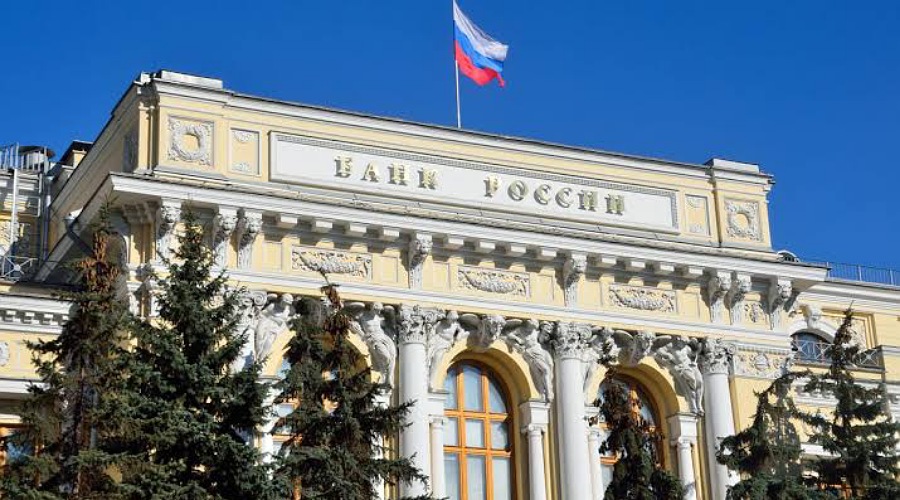The Central Bank of Russia (CBR) held its monetary policy steady and maintained its key interest rate at 20%, but warned of considerable uncertainty as the economy would lead to an inevitable inflationary period.
This was confirmed in a statement issued by the CBR, which was seen by Nairametrics.
The apex bank has increased the country’s key interest rate from 9.5% to 20% in late February, just after Russian soldiers invaded Ukraine, to support the country’s plummeting currency and soften the impact of strong international sanctions.
The policy of maintaining a high-interest rate was implemented in the face of a significant shift in external conditions(war); the sudden increase in the Bank of Russia key rate on February 28 helped to maintain financial stability and prevent uncontrollable price increases.
What the Russian Central Bank is saying
It stated, “On 18 March 2022, the Bank of Russia Board of Directors decided to keep the key rate at 20% per annum.
“The Russian economy is entering the phase of a large-scale structural transformation, which will be accompanied by a temporary but inevitable period of increased inflation, mainly related to adjustments of relative prices across a wide range of goods and services.”
The Bank also acknowledged how that war in Ukraine has shocked Russia Financial Markets.
“The drastic change in external conditions for the Russian economy that occurred at the end of February has created threats to financial stability. The Bank of Russia’s decision to increase in the key rate on 28 February and capital controls helped support the stable functioning of the Russian financial system,” it added.
Amid the rising tension, the Russian bank disclosed plans to push its inflation rates to their intended levels, “the Bank of Russia’s monetary policy is set to enable a gradual adaptation of the economy to new conditions and a return of annual inflation to 4% in 2024.”
GDP is expected to fall in the future quarters, according to Bank of Russia projections. The supply-side variables will drive this drop, resulting in a minor disinflationary effect. The government’s and the Bank of Russia’s stimulus efforts will reduce the severity of the economic crisis. The degree and speed with which the Russian economy adjusts to new conditions will have a significant impact on its future recovery path.
What you should know
- The Bank of Russia Board of Directors will hold its next rate review meeting on 29 April 2022.
- On the back of a bombardment of additional sanctions and fines placed on Moscow by the US and its European allies, the ruble plummeted to new lows against the dollar, before stabilizing in recent weeks. The currency was just over 104.457 US/RUB at the time of writing, indicating a 9.67% increase in favour of the dollar.
- Russia avoided a historic financial default earlier this week by paying some of its national bond obligations in dollars. The Russian finance ministry said that it has fully honoured its commitments to pay coupon payments on dollar-denominated Eurobonds.
- Western sanctions targeted the CBR’s enormous foreign currency reserves, making them nearly unavailable and prohibiting policymakers from reducing the depreciation of domestic assets.
- Russia would make the payment in rubles if it didn’t have access to its foreign reserves, according to Finance Minister Anton Siluanov, who explained a process that involves putting cash into local accounts.
- Elsewhere in Europe, the Bank of England hiked its benchmark interest rate, bringing borrowing prices back to pre-pandemic levels and warning that the war in Ukraine might push inflation well above 8% later this year.













